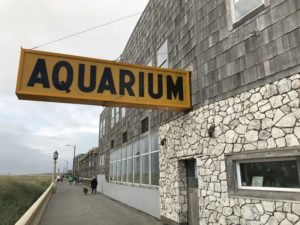 A recent road trip along the coast of Oregon added two new aquariums to my life list, now sitting at 52 aquariums worldwide. The two new ones couldn’t be any more different, but each was spectacular in its own way.
A recent road trip along the coast of Oregon added two new aquariums to my life list, now sitting at 52 aquariums worldwide. The two new ones couldn’t be any more different, but each was spectacular in its own way.
Oregon Coast Aquarium, Newport, OR
Newport is considered a small city, although it has a population approximately that of my home town, something over 10,000 people. Sitting on the coastline near the Hatfield Marine Science Center, this is the perfect spot for the Oregon Coast Aquarium. Acreage-wise, the aquarium is fairly equally split between indoor and outdoor exhibits.
Indoors are a series of buildings or rooms displaying different types of coastal ecosystems, e.g., sandy and rocky shores and coastal waters. There is also a large hall called “Big Bites” with information on larger fish. All this is after walking through a hall called “Secrets of the Shipwrecks” that takes advantage of the habitats created by offshore wrecks from previous ages. All of this is well done and amply communicated with signs and displays.
Outside are more “natural” habitats for sea otters, sea lions and harbor seals, an octopus cave, and seabird aviary. The otter feeding show was well done and easy to observe, but the sea lion area was too cramped and too far away to even glimpse the animals, which meant hoards of people jostling to try to see anything and completely ignoring the curator explanations. Likewise, the octopus loved is cave so much he couldn’t be seen by anyone no matter how much the tried. There is no “Central Tank,” but from the outside you also go into another building with three short walk-through viewing tubes where you could see fish from “Halibut Flats,” the “Open Sea,” and “Orford Reef.” Exiting this area (through an event room and small store) was a very short nature trail where you could look out over the Yaquina Bay Estuary, the harbor bridge, and the edge of the Hatfield Marine Lab, with which the aquarium has a research relationship.
Overall it was a nice aquarium with a lot to offer.
The contrast with the Seaside Aquarium is stark. Sitting at the end of a dead-end road fronting onto a wide resort beach, the Aquarium is marked by a huge sign that offers no doubt about where you are: AQUARIUM. It’s one of the oldest aquariums on the west coast, founded in 1937, and privately owned. Descendants of the original founders still run the aquarium.
For most, the biggest attraction is the tank in the front of the building holding 8-10 seals. People can opt to pay an extra $2 (over the $8 admission fee) for a dish of small fish to feed to the seals. The seals are well versed in how to manipulate the people crowded into the narrow “splash area,” offering up a variety of barks, side slaps, and often rather obnoxiously, wild splashing onto the patrons, all in begging for the next fish to be tossed over the fence. In one way this was very entertaining and the main draw; in another, it was depressing to see so many seals within a small tank begging for food.
To me the best part of the aquarium was the part most visitors probably don’t spend enough time in. Behind the seal tank is one big room edged with tanks set into the wall. All of the fish seem to be Pacific coastal fish or from deeper waters. There is some repetition, e.g., there were wolf eels in at least four different tanks (for the record, wolf eels are not actually true eels, which the signage duly explains). There were some unique fish like staghorn sculpin, and several octopuses (to make up for not finding the one in Newport). The room also contained a small “touch tank” area, a table with tiny sea slugs, kelp cucumbers, and other organisms displayed in bubble glassware so they could be easily seen, and some scientific displays. I was most impressed with these latter. The owners had clearly done significant research into their displays and put up ample low-tech signage explaining not only what was in the tanks, but key ecological and scientific facts about them.
I had low expectations of what Seaside Aquarium would be about. Not only have I seen some of the biggest aquariums in the world, but I had earlier that day had a local tell me the aquarium wasn’t much to see. So I was pleasantly surprised to find how much I liked it. It’s small, for sure, but with the little they have they do an exceptional job making it into an educational experience. And, of course, you get to be splashed in cramped quarters by obnoxiously entertaining seals.
Check out more on my Aquariums page.
David J. Kent is an avid science traveler and the author of Lincoln: The Man Who Saved America, in Barnes and Noble stores now. His previous books include Tesla: The Wizard of Electricity (2013) and Edison: The Inventor of the Modern World (2016) and two e-books: Nikola Tesla: Renewable Energy Ahead of Its Time and Abraham Lincoln and Nikola Tesla: Connected by Fate.
Check out my Goodreads author page. While you’re at it, “Like” my Facebook author page for more updates!







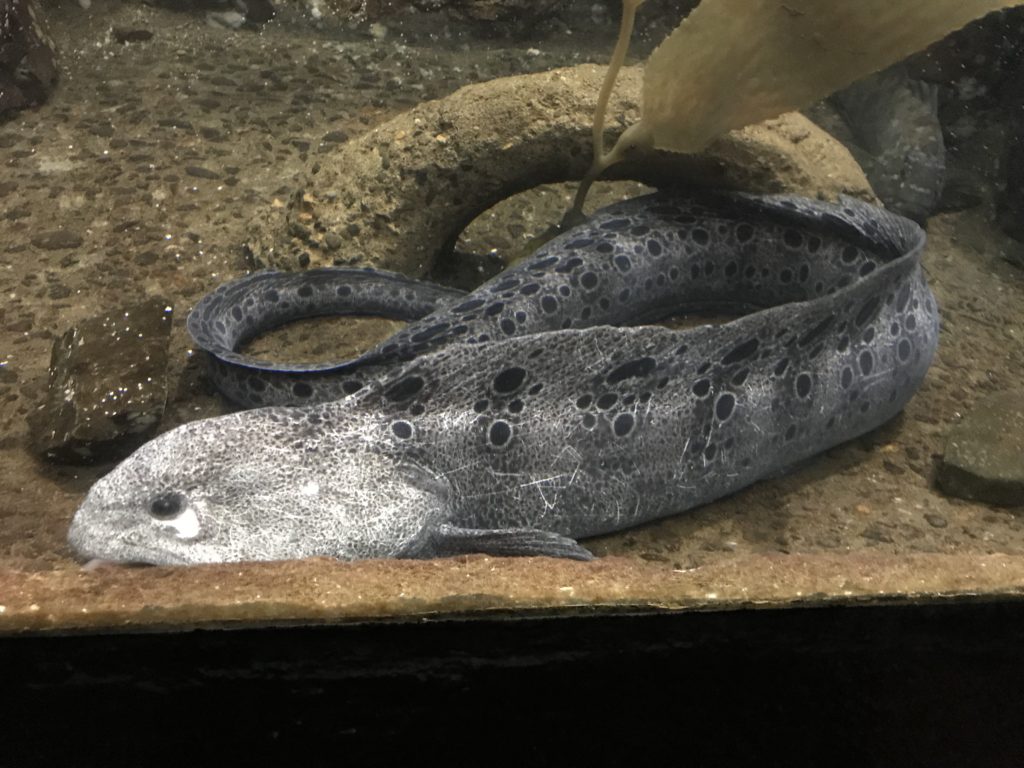

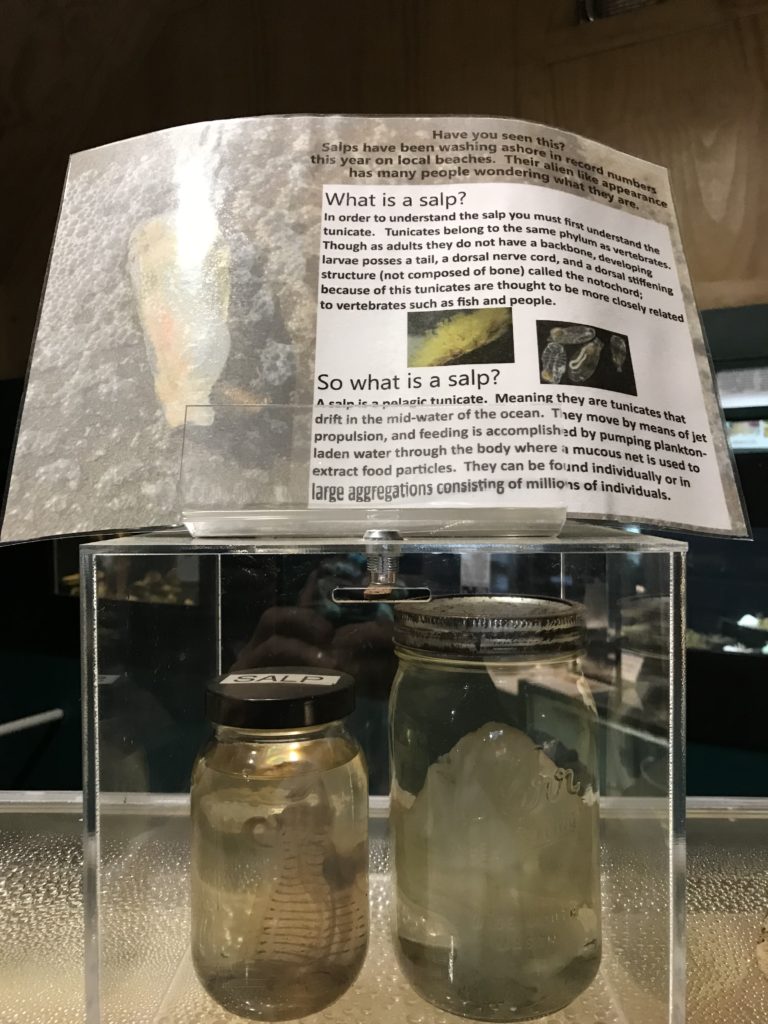
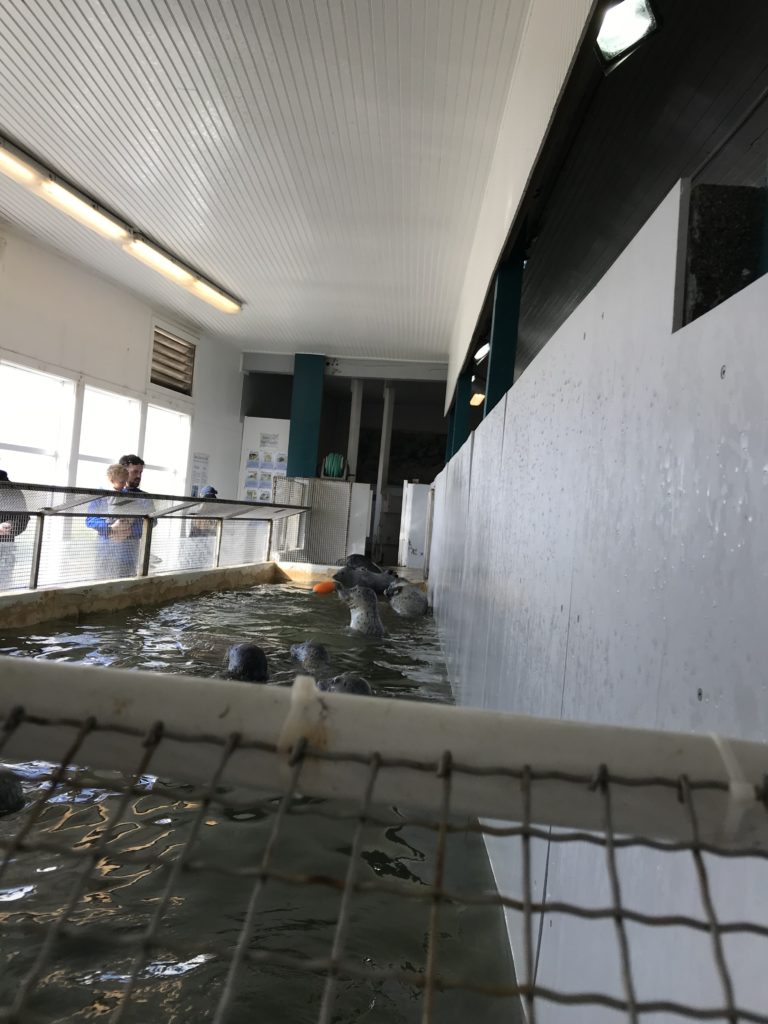
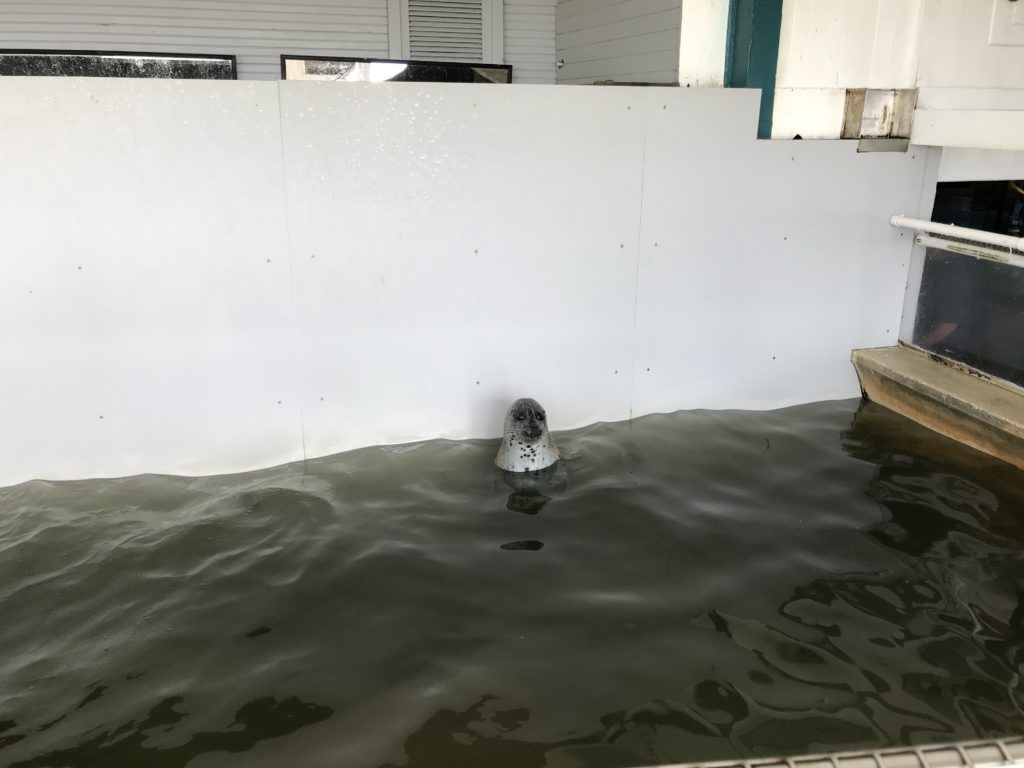








The shipwreck habitat exhibit in the Newport aquarium sounds interesting. Kinda’ feel for the seals in Seaside… but who’s to say if they aren’t happy. (I know some humans that enjoy that kind of stuff.) And I know its terrible, but I’m wondering if wolf eel are edible.
Been through both towns… Seaside on my old Ducati 916 (the “Garage Queen”) on a long day-trip loop through Portland back when I lived in Seattle. Newport would have been a very long time ago. Can’t say I especially recall either, though we may have stopped in Newport. Seems you’re getting down to the smaller aquariums… or is that “aquaria”?
The shipwreck exhibit was very small so not as impressive as it might sound, but it was interesting and little different. As for the seals, my attitude towards aquariums has shifted over the years. I’ve become more aware the space and habitat restrictions of places and the effect it has on the animals.
Apparently wolf eels are quite tasty, though I don’t think I’ve ever had one (unless it was called something else on the menu).
I’ve seen some small aquariums in the past but since I’ve covered most of the bigger aquariums in the US the ones remaining domestically are usually smaller. That said, there’s a big aquarium in Corpus Christi, TX and another in Honolulu I want to see. I’m planning a trip to Chicago in the next few weeks so might also go back to the Shedd Aquarium since it has been many years since I last visited.
I use aquariums because it better reflects (to me) the idea of the big public aquariums. When I hear “aquaria” it makes me think of 10 or 20 or 50 gallon home hobbyist tanks. Aquaria also apparently sounds kind of “liberal elitist” to some people, for whatever insecurity reason might drive that view (I still find it mind-boggling that being educated is considered a bad thing). Both are officially accepted.
Not having visited a great number of them, I’m curious which you most highly recommend as “must sees”. Of course, I realize there’s a great deal of apples-versus-oranges in such an assessment. From me, Tokyo Sea Life Park is worth seeing primarily for the gigantic, cylindrical tuna tank. It can hold very large fish that have to keep moving. The Sumida Aquarium near the Tokyo Sky Tree probably has the best penguin tank I’ve ever seen. It allows them to swim at full penguin speed, which is actually quite astounding. I would go to an aquarium just to see a live, giant Japanese spider crab. I’ve only seen them in static museum exhibits.
And “aquariums” it is. 😉
New England Aquarium and National Aquarium in Baltimore or the US standards, although I think Monterey Aquarium surpasses them. I would also put the Georgia Aquarium (Atlanta) and Osaka Aquarium (in Japan) ahead of them, if nothing else than for the huge tanks and whale sharks. Though again, space constraints for the bigger animals is becoming more of a concern for me. One of the four big whale sharks in Georgia was swimming in a constant tight circle, clearly indicative of stress.
I didn’t see the Sea Life Park of Sumida Aquariums in Tokyo in the short time I was there (though I did see the one in Osaka). I’ll have to make sure to get back there to see them. I also want to get to the new Okinawa Churaumi Aquarium, which is going to take some planning since it’s so out of the way.
Never seen a Japanese spider crab (that I can remember). Closest has been the Alaska King crab. I’ll have to check my photos though because I do remember seeing huge crabs in some aquarium. [Just googled and found listings saying they have Japanese spider crabs in Osaka. Apparently they also are now in Camden, NJ; I went there many years ago so it might be worth another visit. Here’s a video of Osaka: https://www.youtube.com/watch?v=tt7qul49Lww%5D